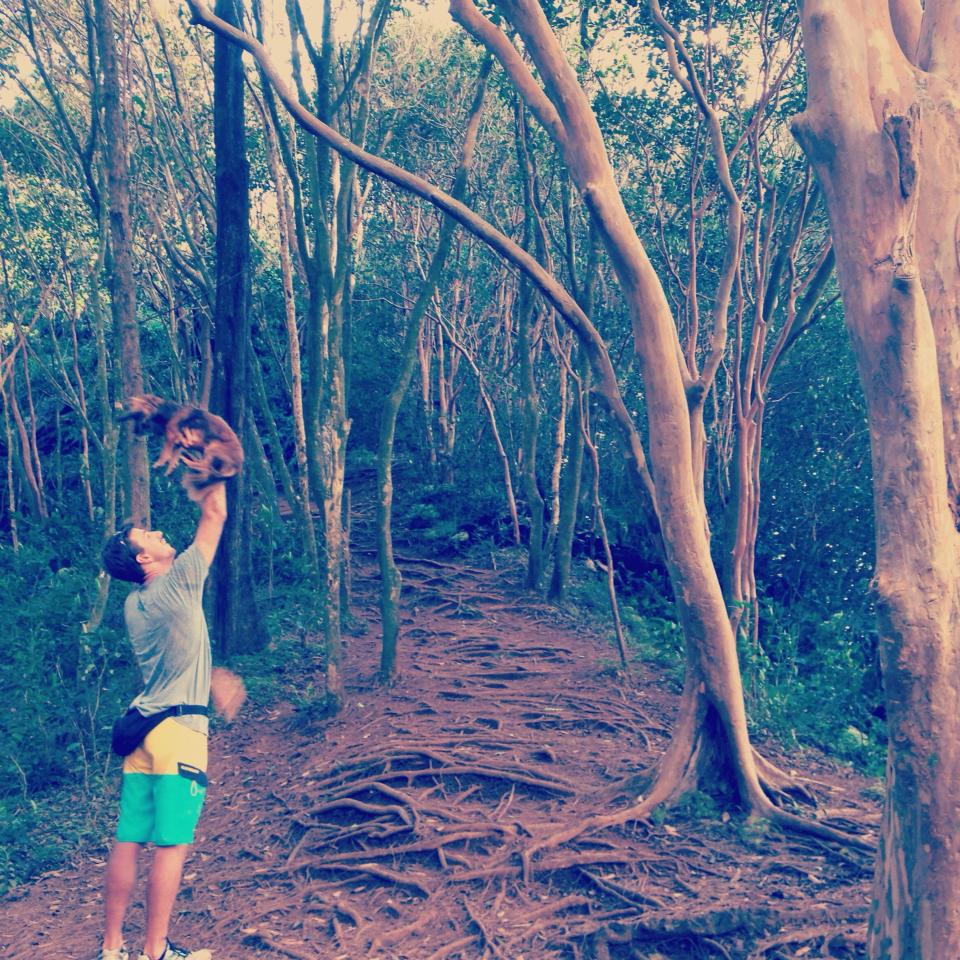A recent hike I did on a narrow rocky trail in Makiki got me thinking a lot about the etiquette of hiking. For instance, who stops to let the other person pass by when you reach a tight spot on the path? Or when do you pull off to the side and let hikers that are trailing closely behind you pass? Quite a few things that we do not often think about.
But you should. The main reason would be for safety but also so that everyone on the hike can have a good time. I suppose you could compare this form of etiquette to any sport or hobby, like skiing or surfing. And like both sports, the rules of hiking are somewhat unspoken. It is still important to know them ahead of time, if possible, so hopefully this post will help give you a better idea.
Going back to the first point made above, how do you know when to yield to an oncoming hiker, especially if it is approaching a narrow spot in the trail that only one person can pass through at a time? The answer can be pretty simple – whoever gets to that spot first should have the right of way. If both get there at the same time, then you probably want to let the person who is coming downhill of the trail go first, just so that they do not have to lose momentum. If the trail is level ground, then, whoever feels like doing a kind deed should make the first initiative.
Because not every hiker hikes at the same pace, it is important to be very mindful of that. Perhaps it is age or maybe just a really challenging uphill section that requires more breaks than usual. Generally, the etiquette would be similar to if you are the slow car on the freeway. Pull over or stay to the right so that others may pass you by. It really is just out of common courtesy. Plus, no one likes to hike when you have someone trailing closely behind on your heels. Step off to the side of the trail and take a short break.
For the most part, hikes in Hawaii are fairly well-maintained, with trails the width of at least two hikers. However, there may be sections of the hike that might have eroded overtime and therefore, have become very narrow. Hikes that you find outside of tour guidebooks will probably be mostly a one-person-only trail. This is where the hiking etiquette takes effect to prevent anyone from getting hurt – or worse. Whatever you do, please use common sense and have fun!




